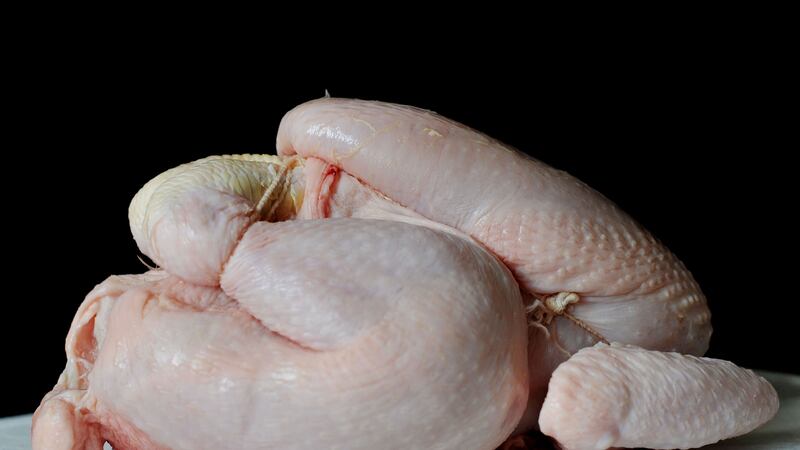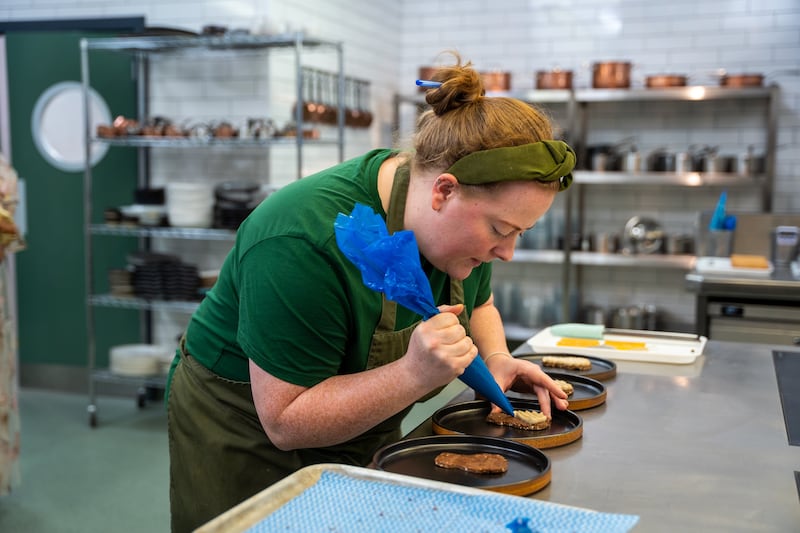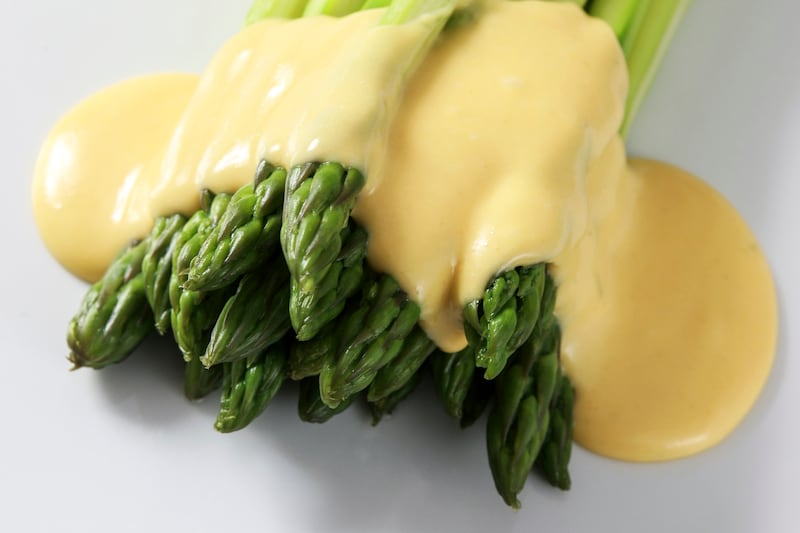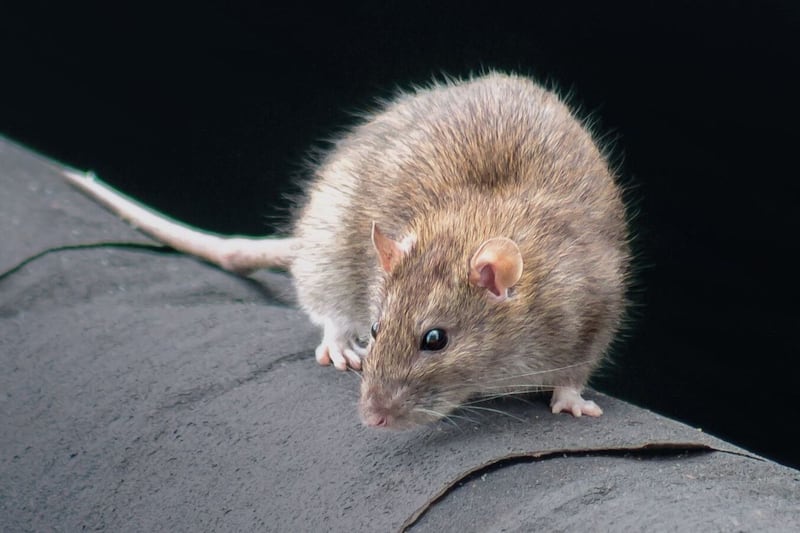International Trade Secretary Liam Fox has said decisions on whether to allow chlorine-washed chicken to be sold to British consumers would be taken at the “very end stage” of a potential US-UK free trade deal.
Fox was in Washington for talks on post-Brexit trade links with the United States amid concerns that any agreement would open up British markets to US agricultural products.
So why has the subject cropped up and what exactly is a chlorine-washed chicken?
What is chlorine-washed chicken?
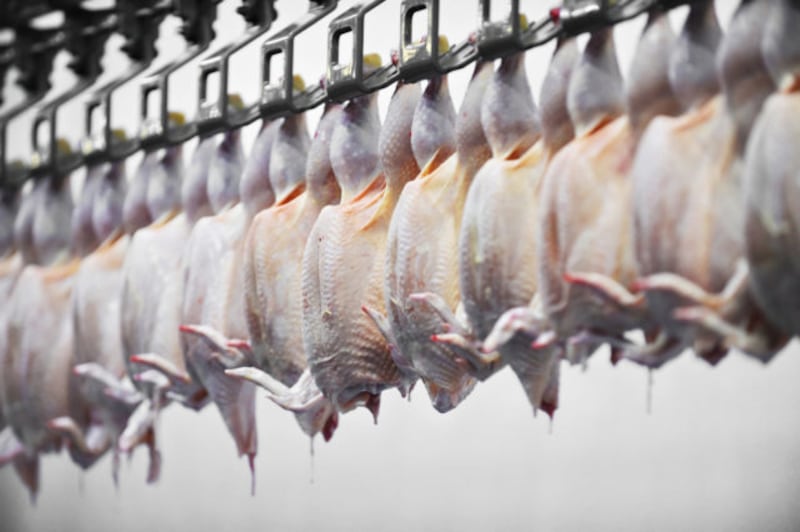
The chemical chlorine may summon images of swimming pools rather than poultry disinfectant for most Brits, but in the US, the practice is common.
The Pathogen Reduction Treatment (PRT) procedure is undertaken to remove harmful bacteria, and could be administered as a spray, wash or within the water used to cool the carcass after slaughter.
It doesn’t have to include chlorine dioxide. Other chemicals, such as acidified sodium chlorite, trisodium phosphate, and peroxyacids are also approved for use by the US Department for Agriculture (USDfA) for use in the country.
According to The European Food Safety Authority in 2012, “chemical substances in poultry are unlikely to pose an immediate or acute health risk for consumers.” However, there are concerns that reliance on the practice would lower other standards of cleanliness and hygiene during the slaughter and packaging process.
Why are people talking about it?
Since 1997, the EU has been tightening the rules on the use of PRTS in both domestic and imported poultry. However, Britain leaving the EU means this issue could enter into the negotiations between the UK and the US over a future trade deal.
The US is the world’s second largest poultry exporter and a deal with the UK could mean big business.
Theresa May’s official spokesperson sought to reassure British consumers, saying: “Our position when it comes to food is that maintaining the safety and public confidence in the food we eat is of the highest priority.
Any future trade deal must work for UK farmers, businesses and consumers.”
Would Liam Fox eat it?
Chlorination chicken – you'll find it in @LiamFox's cookbook: it's a recipe for disaster. Pls RT: pic.twitter.com/yjuVSqMJNB
— Open Britain (@Open_Britain) July 24, 2017
Open Britain, a campaign for a soft Brexit and retaining a close relationship with the EU, has challenged Fox to eat a chlorine-washed chicken during his time in the US.
James McGrory, the campaign’s executive director said: “The proof of the chicken is in the eating and if Dr Fox thinks it’s safe, he should put his money where his mouth is.
“If he doesn’t, he is just chicken.”
Fox was unclear on whether he would eat such a chicken, saying in a press conference, “In a debate which should be about how we make our contribution to global liberalisation and the increased prosperity of both the UK, the US and our trading partners, the complexities of those – the continuity agreements, the short-term gains that we may make, the opportunities we have and our ability to work jointly towards both a free-trade agreement and WTO liberalisation – the British media are obsessed with chlorine-washed chickens, a detail of the very end stage of one sector of a potential free trade agreement.
“I say no more than that.”
